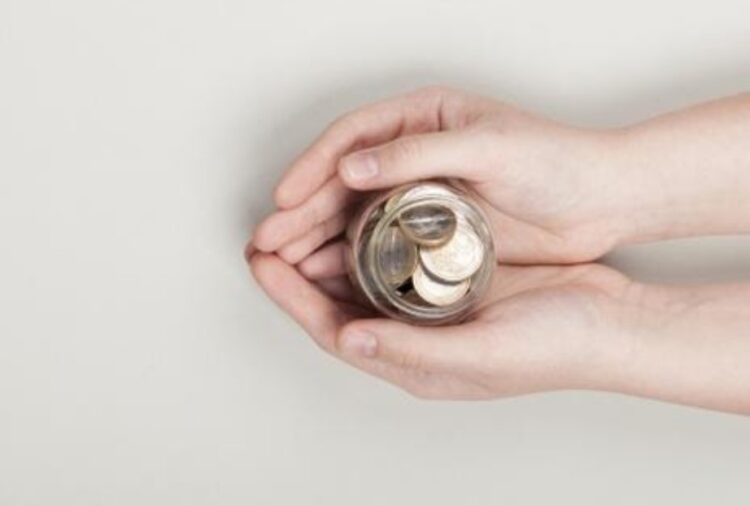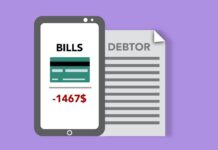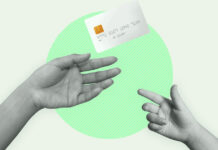
Credit is available everywhere. Banks, credit card companies, retailers with their own cards, payday lenders – they’ve all made it easier to borrow money than ever before. Generally speaking, people want to be debt-free. It means they have more money for themselves and more to save. But not all types of loans are necessarily bad.
We’ll take a look at the difference between bad vs. good debt, and why borrowing money sometimes helps your financial position, but often not.
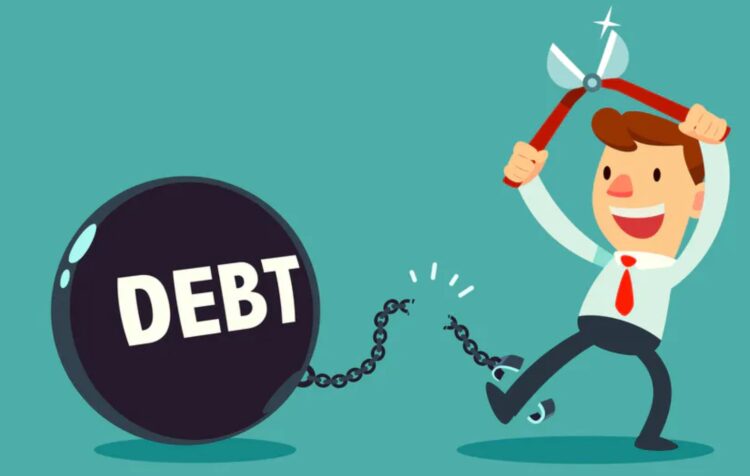
Bad Debt
This tends to come from loans that are:
- Used to purchase a depreciating asset;
- Not able to generate any extra income;
- Charged a high interest rate;
- Difficult or impossible to repay.
Bad debts are expensive and tend to hold you back by eating into your monthly budget, preventing you from saving and doing something more productive with your finances.
If you’re trapped in a negative debt cycle, visit Creditcanada.com and find out what you can do about it. There you’ll learn about different options, like Debt Consolidation Programs. Debt consolidation allows you to roll all your various unsecured debt payments into one monthly transaction with a lower (or no) interest rate. It’s managed by a certified Credit Counsellor from a non-profit credit counselling agency who negotiates with each of your creditors for lower interest charges. This is a great method for dealing with credit card balances and payday loans, which charge some of the highest rates around.
Credit Cards
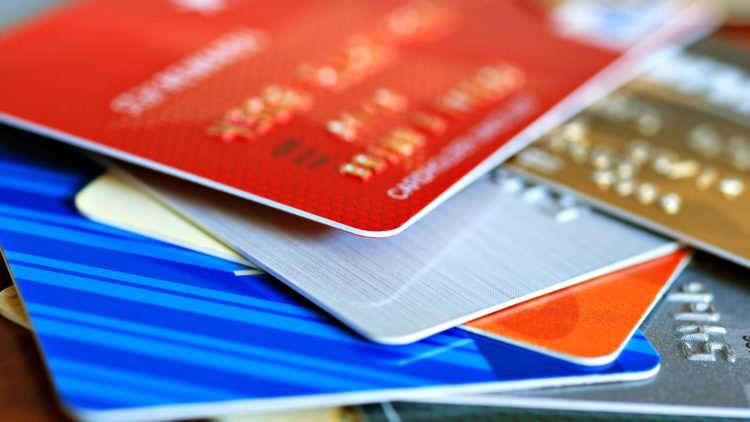
The most prevalent kind of bad debt comes from credit cards. Credit cards can be useful. They help consumers establish a credit history, and using them may come with rewards. But in order to get this kind of rolling credit to work for you, you need to pay off the full balance every month. Otherwise you start paying interest.
Credit cards are such an everyday part of life that unless you’ve been deep in credit card debt, it’s hard to imagine how tough it is to get out. Interest rates are very high compared to other loans. It’s typical to pay 20% APR on a credit card balance. Meanwhile, the minimum payments these companies require you to make aren’t much help, as most of that money goes toward interest before it reduces the principal.
Payday Loans

Payday loans aren’t just bad; they’re practically toxic. The interest rates are the highest you’re likely to encounter on any type of debt. Depending on the rules where you live, they can be as high as 650% annually. Usually payday lenders present their interest rates as a bi-weekly interest rate, which may look high but not as extreme as the APR (annual percentage rate). Often people who rely on payday loans find themselves in an endless cycle of payday loan after payday loan that they can’t escape. Talk to a certified Credit Counsellor from a not-for-profit credit counselling agency about potential solutions.
If there is any way you can get by without taking out a payday loan, you should probably take it. Their high interest rates and penalties create a never-ending payday loan cycle. When you’re living paycheck to paycheck, it won’t be any easier to pay it off later.
Auto Loans
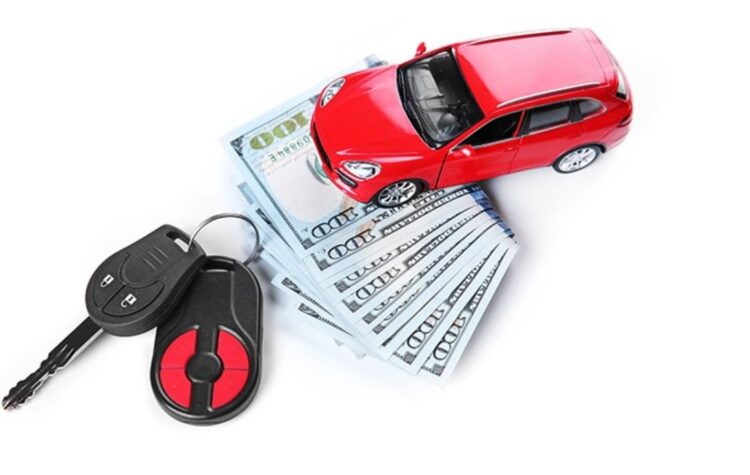
Like mortgages, auto loans are secured debt. If you can’t keep up with payments, the vehicle will likely be repossessed. However, unlike real estate, cars don’t usually appreciate in value. In fact, they depreciate rapidly from the moment you drive off the lot. As much as 20-30% of your car’s value is gone by the end of the year in which you bought it. Depending on the terms of the loan, that can put you in a position where selling the car isn’t enough to pay back the debt. Relatively higher interest rates also mean auto loans are generally considered bad. So, while they may be necessary to make sure you can get around, they’re not necessarily great to have.
Good Debt
This is often thought of as credit that helps you buy assets that will grow in value. Mortgages are a classic example, but student and small business loans can also help you amass more wealth in the future.
The difficulty with defining good debt is that not all outcomes are the same. Sometimes real estate markets go down, and homeowners wind up “underwater.” Not all degrees will improve your earning potential. Nevertheless, these are the types of loans generally considered good.
Mortgage Debt

Anytime you borrow money to purchase an asset that is likely to increase in value over time, you’re using debt productively. Appreciating assets like real estate help you achieve wealth and stability, and buying your first home can make a real difference in your financial position.
When you’re a renter, every month you pay a significant sum of money (hundreds or even a couple thousand dollars) to somebody else. Your landlord uses it to pay their own mortgage or takes it all as income. With a mortgage, every month you build equity in your home – meaning you own that much more of your home. Equity in any asset is something you can tap into later, whether you want to borrow against it or sell the property.
Student Loans

There are a lot of caveats that come with student loans. On the one hand, given the rising cost of post-secondary education, student loans often stay with graduates for years, even decades, delaying other important financial milestones like buying a home. However, if a degree is going to increase your earning potential, then it’s worth taking out. They also tend to have relatively low interest rates.
Of course, pursuing an education isn’t always just about how much money you’re going to earn. There are plenty of less lucrative careers that people pursue out of passion. Ultimately, student loans should be taken seriously. It may take years to repay them, but if it sets you on a productive course in life, you can likely categorize it as “good debt.”
Not all debts are bad. Knowing the difference will help you use credit to your advantage and build your wealth.

